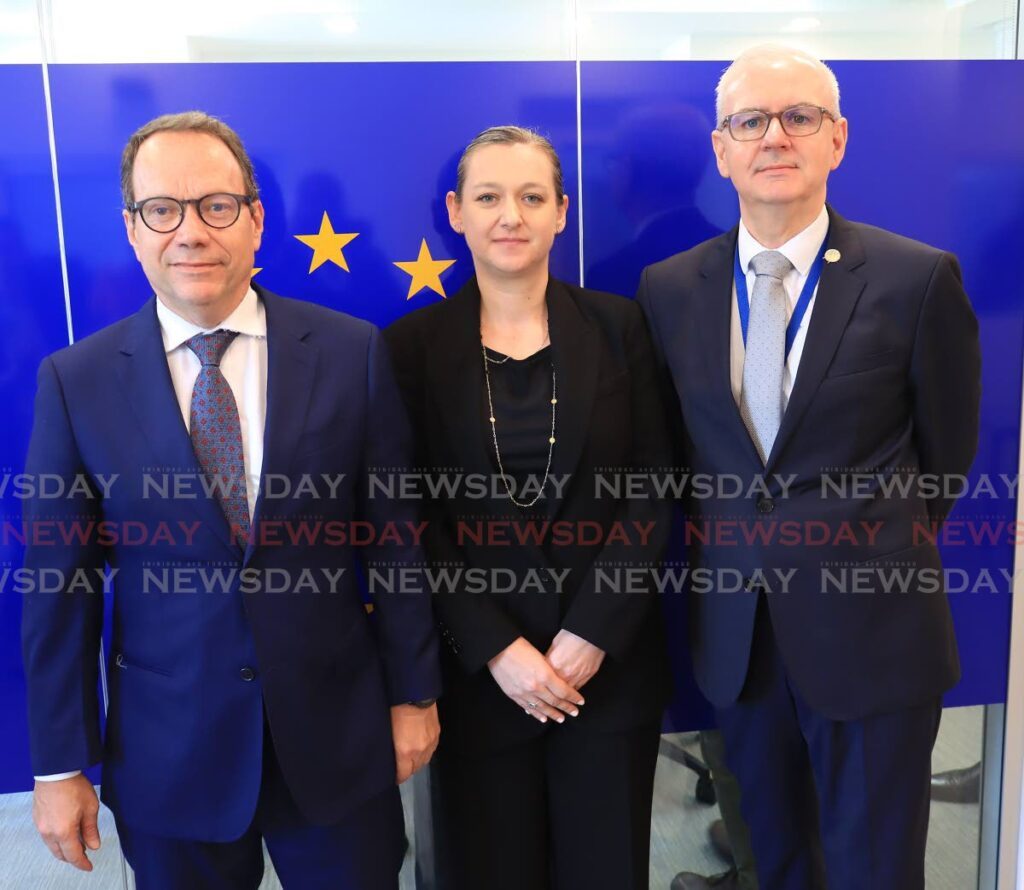RedCLARA talks digital transformation

INTERNATIONAL internet network provider RedCLARA launched its BELLA II project in Trinidad and Tobago on January 29 at the EU Delegation building on Queen's Park East, Port of Spain.
Speaking at the launch, RedCLARA's executive director Luis Cadena said the service is poised to bring substantial benefits across sectors, catering to the needs of students, the government and businesses.
Cadena stressed the vital role of training in ensuring the project's success, which he says aims to serve as a transformative force in the region.
He delved into the core objectives of the Bella II project, saying it is strategically designed to establish strong national and educational networks, fostering enhanced connectivity and collaboration.
Responding to inquiries about the cyber security aspect, Cadena said the company has one of the safest systems in the world. While refraining from providing an exact start date, he shared plans for a phased pilot project that grants access to stakeholders, including UWI.
Cadena spoke about the 2021 construction of the ELLALink subnmarine cable that links Portugal to Brazil, saying he hopes to have the cable extended to TT.
He describes the BELLA II project's overarching mission as facilitating seamless data exchange for research purposes.
He said it is a collaborative effort involving companies, research centres and networks, with a particular focus on addressing global challenges such as climate change.
"The project is envisioned as an unprecedented effort to bridge the digital divide, fostering digital transformation across Latin American countries and the Caribbean."
He spoke about the structural components of the BELLA II project and outlined four pillars guiding its implementation: connectivity, investment acceleration, political dialogue and the Copernicus programme.
The Copernicus programme is an earth observation programme that provides timely and easily accessible information to improve the management of the environment, understand and mitigate the effects of climate change and ensure civil security.
The initiative is headed by the European Commission in partnership with the European Space Agency.
The BELLA II project is funded by the EU through the Neighbourhood, Development and International Co-operation Instrument (NDICI). Its objectives are expansive, encompassing the development of infrastructure to foster a digital ecosystem in science, technology, education and innovation across Latin America and the Caribbean.
Cadena detailed the specific goals of BELLA II, including the design, construction and operation of digital infrastructure for guaranteed connectivity in Peru, Costa Rica, Guatemala, El Salvador and Honduras.
Additionally, the project aims to expand further, contingent on feasibility analysis, prioritisation and economic resources, to include Caribbean nations, Mexico, Belize, Bolivia, Paraguay and Uruguay.
The project's multifaceted approach involves increasing the adoption of digital transformation technologies, fostering co-operative relationships with European counterparts and engaging with initiatives such as the EU-LAC Digital Alliance.

Comments
"RedCLARA talks digital transformation"